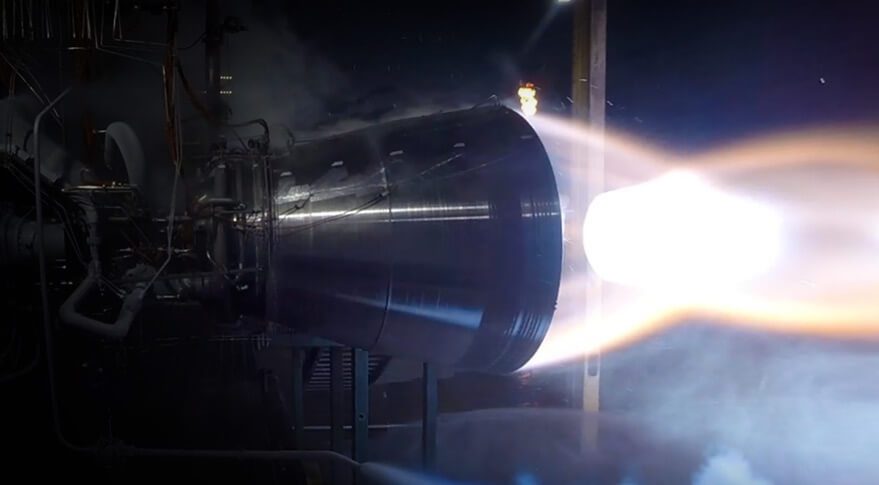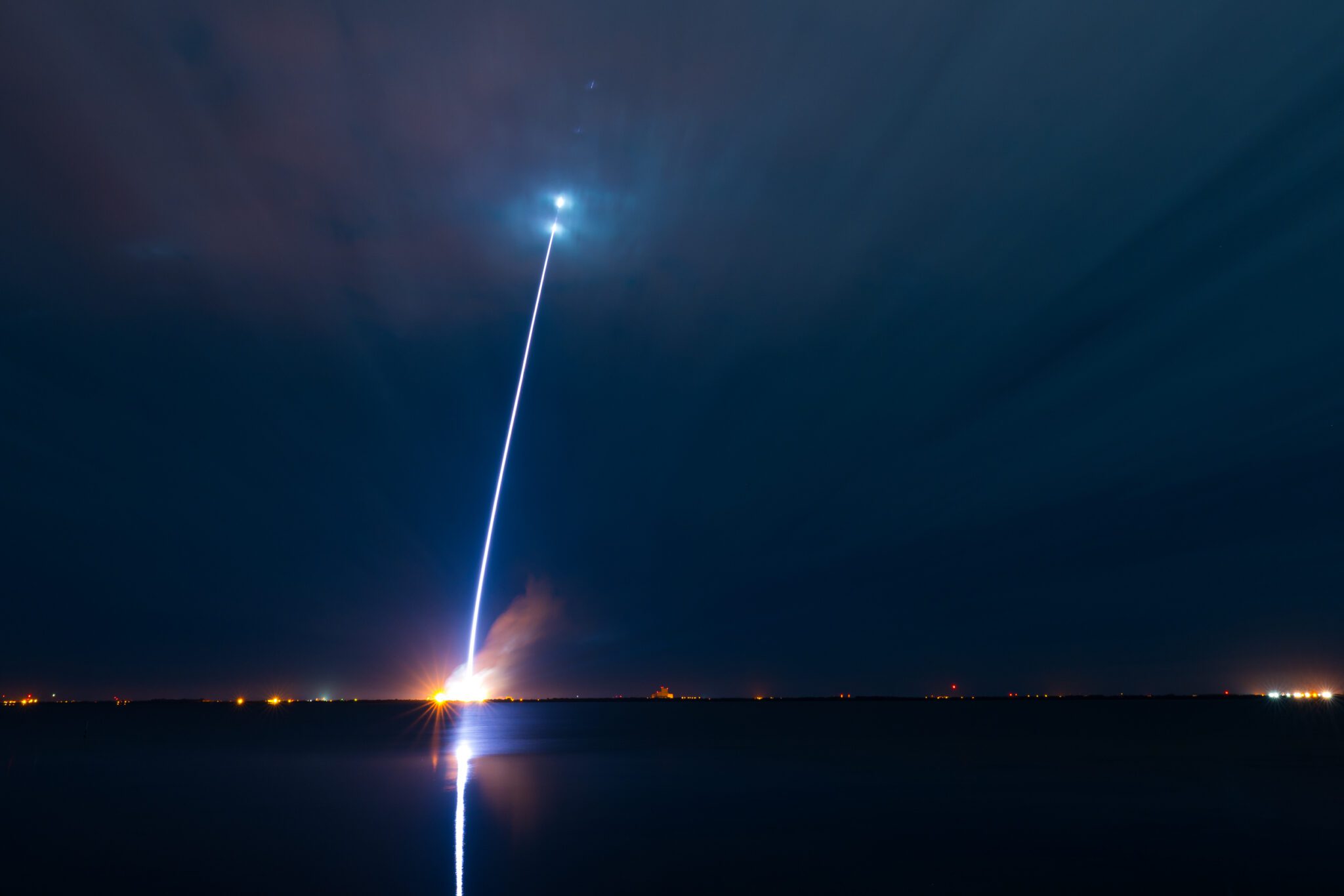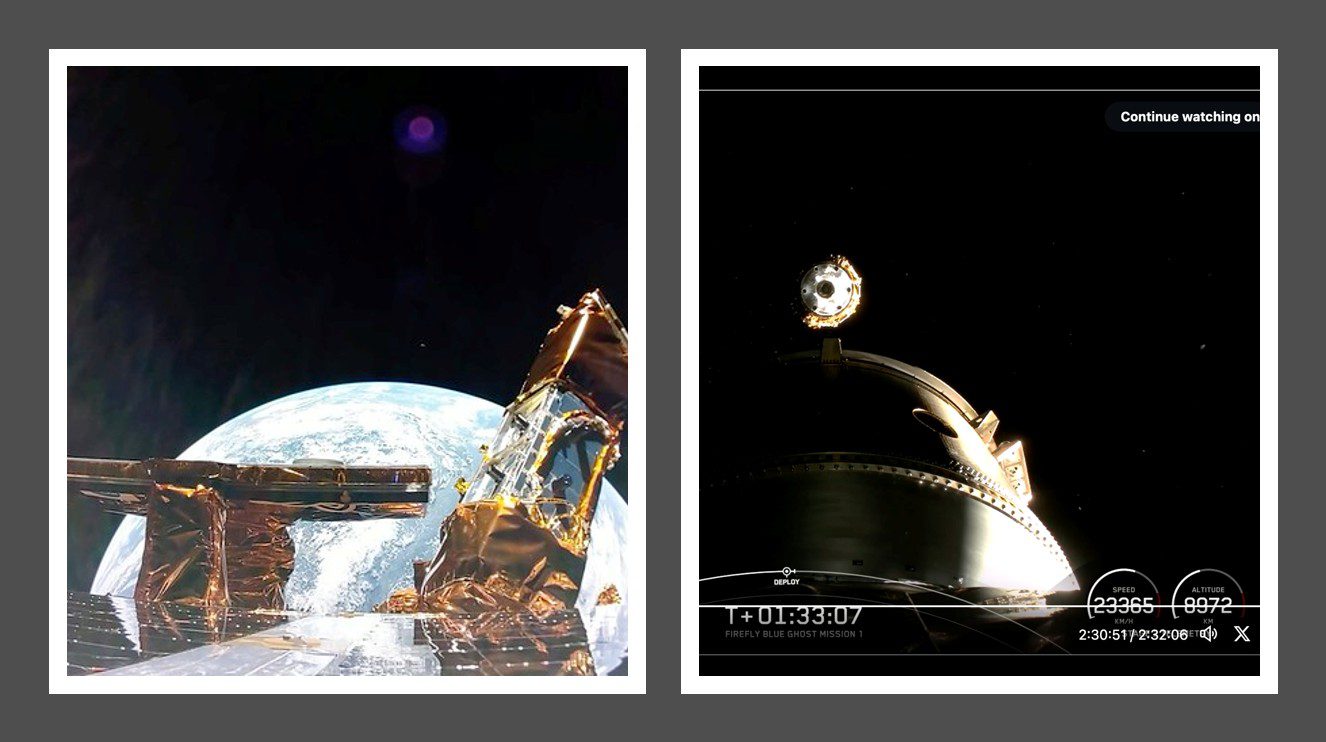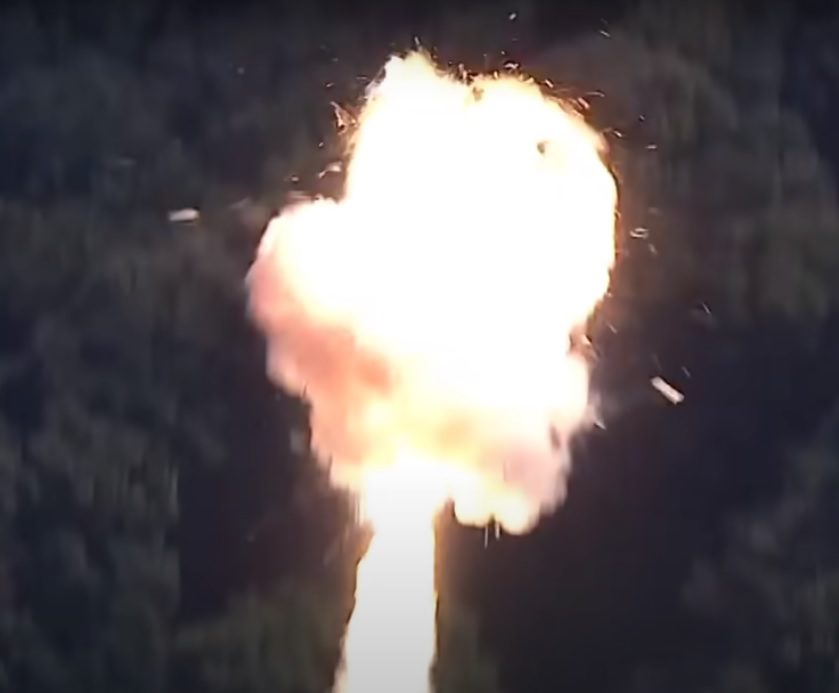The US Department of Defense has made this announcement on behalf of the US Air Force:
“Space Exploration Technologies Corp, Hawthorne, California, has been awarded a $40,766,512 modification (P00007) for the development of the Raptor rocket propulsion system prototype for the Evolved Expendable Launch Vehicle program. Work will be performed at NASA Stennis Space Center, Mississippi; Hawthorne, California; McGregor, Texas; and Los Angeles Air Force Base, California; and is expected to be complete by April 30, 2018. Fiscal 2017 research, development, test and evaluation funds in the amount of $40,766,512 are being obligated at the time of award. The Launch Systems Enterprise Directorate, Space and Missile Systems Center, Los Angeles AFB, California, is the contracting activity (FA8811-16-9-0001).”
While this is a rather dry announcement, in effect it means that the US Air Force is subsidising the development of Liquid Oxygen (Lox)/Methane burning engine technology at SpaceX to the tune of US$40 million. The design of the staged combustion cycle Raptor has been reduced to 1,690 kN (380,000 lbf) thrust from its original concept of having 3,024 kN (680,000lbf) of thrust. The engine will be used on the so-called BFR rocket and transportation system.
Meanwhile, SpaceX’s yet to fly competitor Blue Origin was celebrating its own LOx/Methane 2,400 kN (550,000 lbf) BE-4 engine success with its first hot firing of the full engine. It already has the indirect benefit of US Air Force development money via an award made to ULA (United Launch Alliance) as it attempts to find a successor engine to the Russian-built RD-180. The staged-combustion cycle BE-4 will be used for the Blue Origin New Glenn rocket series and figures currently as the planned engine for ULA’s Vulcan design, although the company may yet elect to go for a Lox/kerosene 2,200 kN (500,000 lbf) AR1 design, which is being developed by Aerojet-Rocketdyne.

BE-4 engine during hot fire test. Courtesy: Blue Origin






